For people who enjoy being outside, coming to work before the sun rises and departing at twilight might truly make them feel deprived. While using a light box or light therapy lamp can be beneficial, adding some houseplants may be the final piece of nature that is needed to increase job happiness and productivity. Which feature makes office plants the most desirable? minimal upkeep.
In addition to helping to filter the air and give visual interest to your workspace décor, office plants can enhance the humidity surrounding a desk. If you remember to water your office plants at least once a month, there’s no limit to how many you can have there. Select from this selection of office-friendly, low-maintenance plants that can even thrive in an office without windows.
25 Best Plants For An Office Desk With No Windows- Top Picks 2024
HERE ARE THE LOW MAINTENCE PLANTS YOU CAN SELECT FOR OFFICE:
1. SNAKE PLANT:

Because of its hardiness, Dracaena, commonly called the snake plant, may grow until its owner retires. While there are differences in size between snake plants, all snake plants make excellent office plants.
To steer clear of selecting a cultivar that grows to be several feet tall, carefully read the plant label. Alternatively, search for a dwarf option such as Whitney or Futura Superba. Snake plants are great for novice houseplant owners because they don’t need much care; just give it a sip from your water bottle on Friday morning before heading out the door to enjoy this slow-growing plant.
2. AFRICAN VIOLETS:

The fuzzy-leafed plant that gained popularity in the 1970s still has a cult following, and for good reason—modern hybrids of African violets thrive in ordinary temperatures and humidity, much like humans do. They’re also popular as little houseplants.
African violets are not fussy about the source of their light, and a fluorescent lamp pointed directly at the plant can suffice, even if they require enough light to blossom. The best light for this plant comes from a north or east facing window; direct sunlight should not be directed toward it.
Because miniature African violets have a diameter of less than six inches, they may fit a flowering office plant in even the smallest of areas.
3. ENGLISH IVY:

Add some English ivy or another trailing plant to soften the harsh edges of a desk. For indoor growth, ivy needs average water and mild light. Ivy tendrils can be used to create a living artwork by wrapping them around a tiny trellis or obelisk if their tendency to climb trails becomes too wild. While any variation of the traditional Hedera helix is a safe bet, greater diversity has been introduced by more recent cultivars. ‘Yellow Ripple’ and ‘Silver Dollar’ have variations in gold or gray. Dwarf cultivars such as ‘Pixie Dixie’ work well in small settings. If you’re in the mood for some fancy foliage, try the ruffled leaves of ‘Manda’s Crested’ or ‘Curly Locks’.
4. ZZ PLANT:
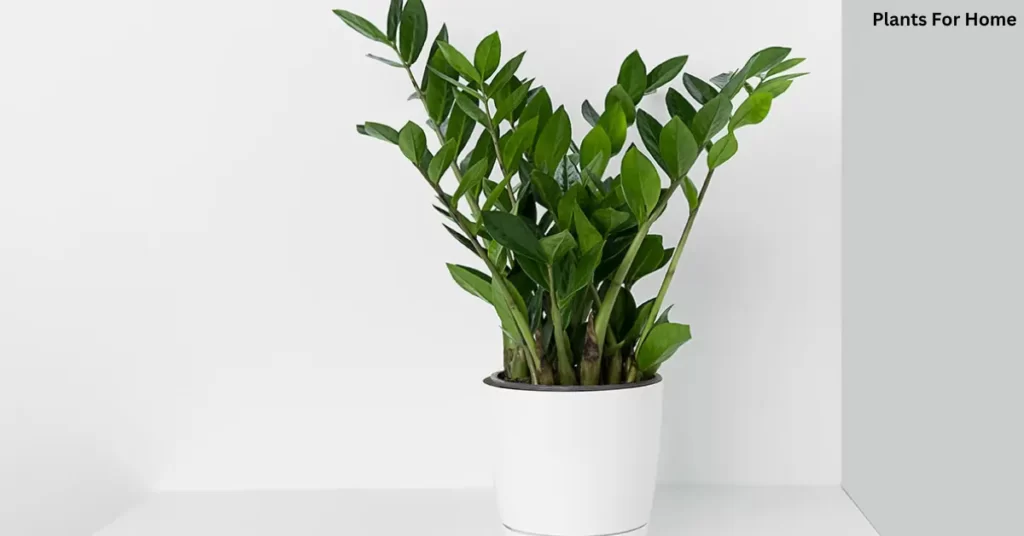
The ZZ plant, or Zamioculus zamifolia, is a succulent that has gained a lot of popularity as a houseplant due to two traits: its capacity to thrive with little water and its tolerance to low light.
Originating from Africa, the ZZ plant can thrive with only fluorescent lamps for light. The latest ‘Raven’ cultivar’s nearly black stems and foliage contrast beautifully with a white desktop, while the common ZZ plant’s laddered leaves make a lovely accent to an office setting.
5. ALOE:

Aloe plants are simple to cultivate if they have access to one vital resource: an abundance of strong sunshine. Among the greatest plants for a sunny office window sill is this one. Since these succulents only require watering every few weeks, if a desk is situated next to a window that receives enough of sunlight, set the plant there and set it aside.
The basic Aloe barbadensis is visually appealing enough to complement any contemporary office setting, but you can also investigate the advantages of the dwarf cultivar ‘Minibelle’ or the speckled ‘Tiger Tooth’ cultivar, which only appears to have sharp teeth.
To provide the superior drainage that these plants need, grow them on a sandy cactus mixture.
6. PHILODENDRON:
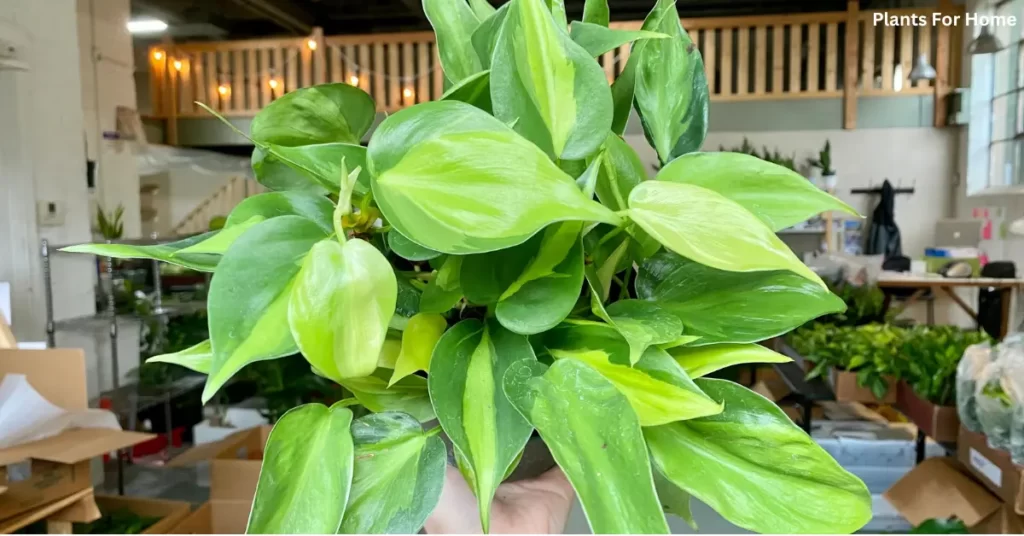
With its glossy green leaves and trailing habit, the carefree philodendron will offer cheer to any workspace, even one that is hidden away in a snug corner or bathed with natural light. The philodendron, while frequently used for hanging baskets, also makes a great tiny trellis when let to grow. For philodendron specimens without a reliable caretaker, a self-watering pot can be an invaluable resource as they require steady moisture to maintain their rich appearance.
Grow the plain green species Philodendron hederaceum alongside the silvery speckled ‘Brandi’ cultivar for a striking container combo.
7. TILLANDSIA:
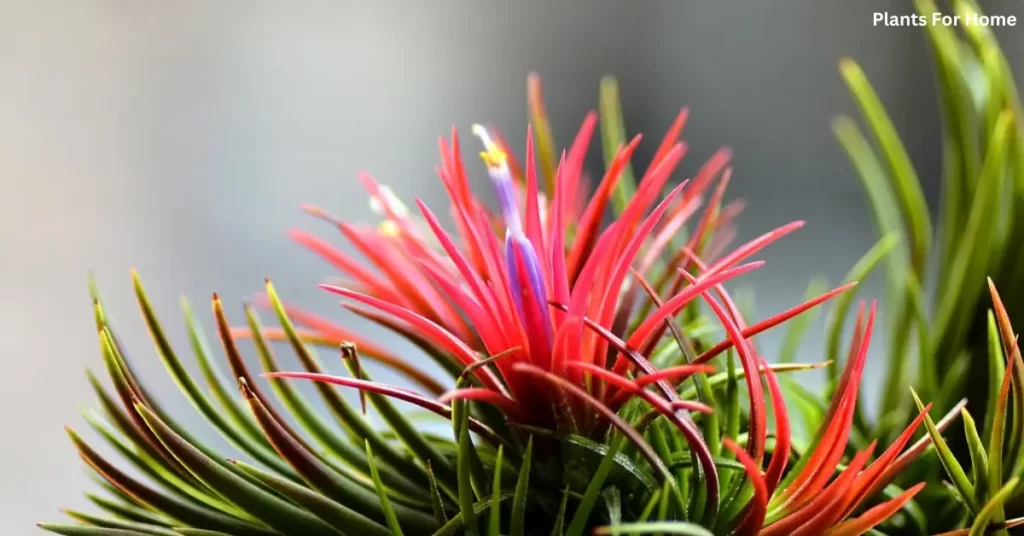
When growing Tillandsia or any other soilless plant (often referred to as an air plant), one must think beyond the pot. Using fishing line, you may attach air plants to a driftwood piece. Air plant variations can also be arranged in a shell, teacup, or other unusual container, or they can be placed in a miniature terrarium.
Within the bromeliad family, the Tillandsia genus comprises several hundred species, all of which have spiking foliage that is green, silvery, or rose. Air plants require little light, as they are epiphytes adapted to thrive amid shaded tree branches; however, those on brighter desktops are more likely to develop a flower spike.When growing Tillandsia or any other soilless plant (often referred to as an air plant), one must think beyond the pot. Using fishing line, you may attach air plants to a driftwood piece. Air plant variations can also be arranged in a shell, teacup, or other unusual container, or they can be placed in a miniature terrarium. Within the bromeliad family, the Tillandsia genus comprises several hundred species, all of which have spiking foliage that is green, silvery, or rose. Air plants require little light, as they are epiphytes adapted to thrive amid shaded tree branches; however, those on brighter desktops are more likely to develop a flower spike.
8. OXALIS:

Wood sorrels, or oxalis, are houseplants that, whether or not they blossom, bring a pop of color to the workplace. The plants are very popular in the garden center around St. Patrick’s Day because of their pronounced shamrock-like appearance.
Strangely enough, certain varieties of oxalis are considered lawn weeds, although the ones that are grown are a little more refined. Seek for Oxalis vulcanicola ‘Zinfandel,’ which has yellow flowers and deep burgundy leaves.
Low humidity is ideal for these plants, but high light is necessary for the greatest color.
9. REX BEGONIA:

Don’t forget to decorate an office desk with one of the many gem-like cultivars of Rex begonias. With dozens of varieties that include veining, swirling patterns, and speckles in shades of red, purple, green, and silver, these plants are all about the leaves.
A range of leaf textures create visual interest; variations such as “Stained Glass,” “Marmaduke,” and “Escargot” are distinguished by their ruffles, puckers, and colorful hairs. Rex begonias require enough humidity to flourish, but they may survive in low light.
10. LUCKY BAMBOO:

Not one of the more than a hundred genera of real bamboo goes by the common name “lucky bamboo.” Instead, Dracaena sanderiana has a family tree with the maize plant, another simple houseplant to grow.
Lucky bamboo stems can occasionally be shaped by growers into interesting forms like spirals, weaves, or even hearts. Plants develop slowly, but lucky bamboo stalks eventually outgrow their prescribed shapes if left to their own ways.
When the stems of lucky bamboo are submerged in water, it can grow without soil and thrive in low light conditions. But watch out that the water level doesn’t go below the stems—if it does, the plant may not be able to recover from the desiccation.
11. POTHOS:
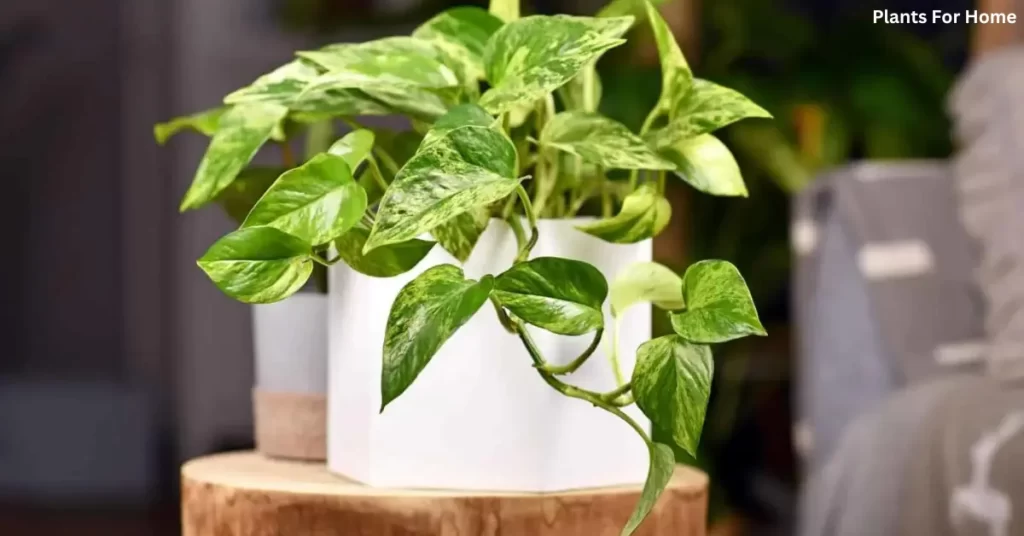
Though pothos is a plain green plant, its heart-shaped leaves are irresistible. If you keep it moist in well-draining soil, it makes an excellent fast-growing houseplant. You may grow more than a foot a month. However, exercise caution if you frequently allow your pet to work as pothos is poisonous.
Growing pothos with long vines to trail around the walls of an office or cubicle is a popular hobby. However, they can become tangled, so be sure to keep the office scissors (sanitized with rubbing alcohol) close at hand so you can trim the vines as needed.
12. CACTUS:

It will be difficult to select only one cactus. There are a ton of cute varieties that are great for indoor office environments. There are two types of cacti: those with hairy spines in the desert and those that resemble succulents but lack thorny sections in the woodland.
Certain cacti can have flowers. One such plant that is both attractive and hardy throughout the year is the Christmas cactus (forest variety). Try growing the Easter cactus indoors as well; it’s a really simple plant to nurture, even for novices.
13. SPIDER-PLANT:

These well-liked, quick-growing plants grow into rosettes that branch into over-a-foot-long ribbon-like leaves. Only mature plants bear tiny star-shaped blooms. ‘Bonnie’ is a petite spider plant with yellow blossoms if that’s more your style.
Spider plants don’t need a lot of maintenance. They do best in areas with indirect light and a warm, humid office; however, keep them away from air conditioning vents. Maintain slightly wet but never waterlogged soil for happy plants.
Your spider plant has to be repotted if it starts to appear a little sparse over time. This will allow its roots to spread out further. Remove the infant plantlets and grow the new plants in fresh clay or plastic pots with soil that drains properly.
14. PEACE LILY:

A peace lily’s big, glossy green leaves are comforting to look at, and the plant also represents healing and hope. Additionally, hooded white oval flowers will emerge from the crown twice a year. However, peace lilies are not a plant you can ignore; they need care and attention.
Choose a location for your peace lily close to a window that lets in filtered light. This plant does best in loose, well-draining potting soil that is kept more underwater than moist—a feature that comes in handy while you’re going on vacation. However, the peace lily will inform you when it needs a drink as soon as you notice it drooping.
15. JADE PLANT:
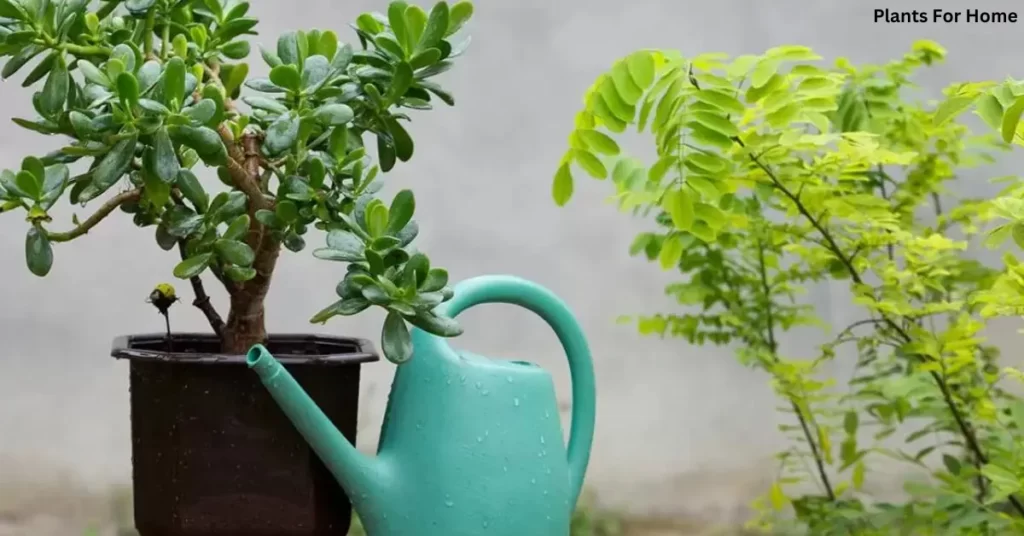
Known as the money plant or jade plant, bring prosperity and good fortune to your office. The leaves of these succulents are thick and meaty, resembling teardrops and growing cheerfully upright.
The secret to making your succulents flourish in an office setting is to provide them with adequate light. For this plant and other varieties of succulents, low illumination is not recommended. Succulents should be placed on sunny window sills rather than in direct sunlight as this will burn the leaves.
Try additional succulents like string of buttons and hen and chick succulents if you enjoy cultivating jade in your workspace.
16. WEEPING FIG:

Because it may survive up to 50 years, the weeping fig tree, also known as the ficus tree, is a broadleaf evergreen that is frequently utilized in indoor landscaping for offices, businesses, and retail spaces. Ficus benjamina variegata and F. benjamina ‘Starlight’ are two variegated cultivars, but the leaves are usually tiny, glossy green ovals. An excellent approach to occupy a corner in an office is with a weeping fig tree. However, choose your spot well because Ficus benjamina dislikes being relocated. It also likes lots of water and sun, so pick a location where you won’t forget about your tree.
17. SPIDERWORT:
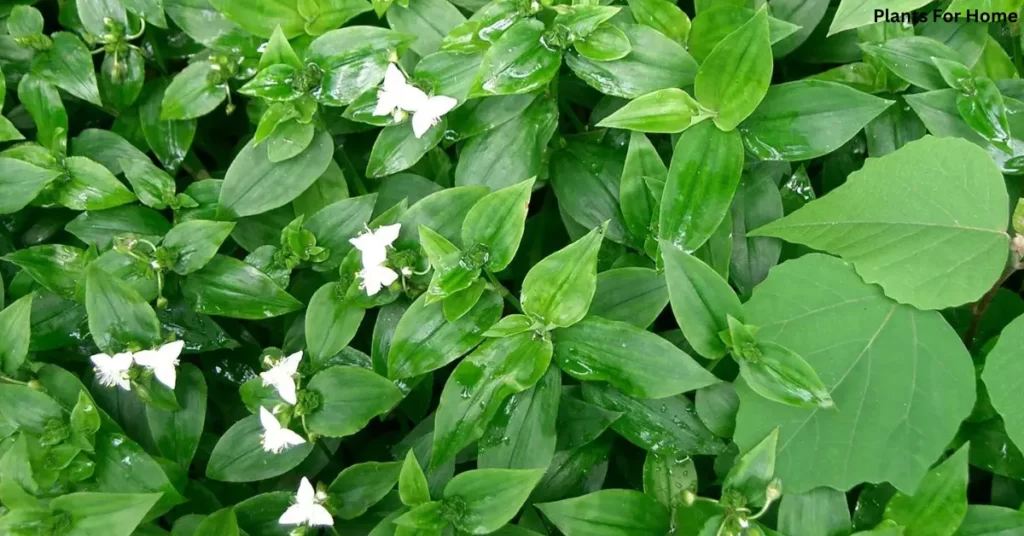
Spiderwort is a little plant with lovely purple leaves that will seem elegantly displayed on a shelf or desk. It needs little maintenance and little work to yield beautiful foliage. Although spiderwort prefers humidity, if your office is dry, consider including weekly misting in your watering routine for the plant. Increase the frequency of misting to every few days if the leaves start to turn brown. The plant thrives in nearly any light and standard potting soil. On the other hand, a plant requires more light to flourish the more variegated it is. Simply keep it out of the direct sun to prevent leaf burn.
18. PARLOR PALM:
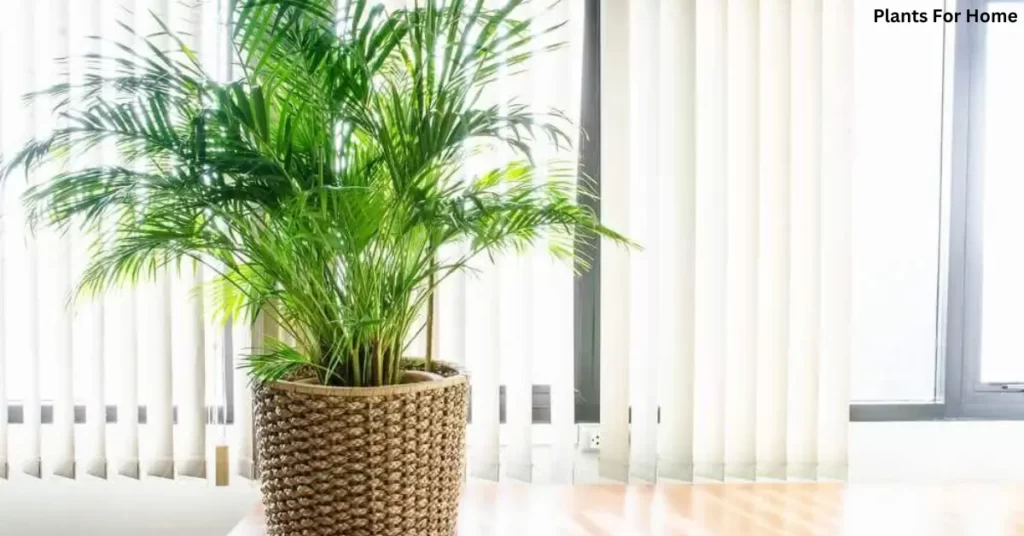
A little breeze causes the beautiful, fluffy parlor palm to sway its green, fern-like fronds. It likes some indirect light, but not too much shade or brightness.
The parlor palm is an extremely gorgeous office plant that requires little to no work on your part to improve an office because it can withstand poor light levels and excessive watering. Watering once a week should be plenty. The plant’s fronds turn yellow to indicate when it needs watering, so there’s no need to worry about killing it by neglecting to water it.
19. NERVE PLANT:

Use a nerve plant to bring some brightness into your poorly lit working space. Its oblong-shaped, green leaves are adorned with prominent veins that are frequently pink, silver, or white.
But, because the nerve plant prefers high humidity, you’ll need to remember to water and mist it. Be mindful of this. It literally topples over when it’s dry, so you’ll know if it’s in trouble. It will revive in the presence of water.
20. PONYTAIL PALM:

The quirky ponytail palm’s strappy, green leaves have a way of making even the most sullen colleagues smile. Despite its name, it is not a palm but rather a succulent. The tree stays tiny enough to be exhibited on a desktop when cultivated in a shallow container. As a floor plant, it might reach a height of six feet if given a larger pot.
It is a long-living, slowly-growing plant that can withstand neglect. Place a ponytail palm in an area of the office with bright, indirect light to keep it happy. Plant it in a small container filled with cactus or succulent potting mix that has been enhanced with more peat moss. Water the bulbous stem every ten to two weeks as it accumulates water.
21. PRAYER PLANT:
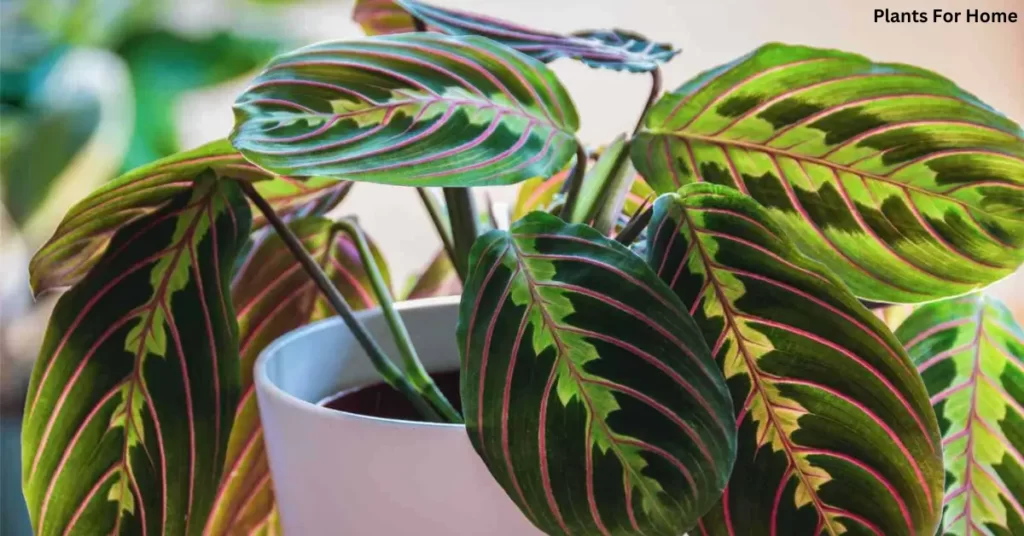
Prayer plants have unique patterns on their verdant leaves, making them visually appealing. It is, of course, a very intriguing plant at different times of the day; during the day, the leaves are flat, but at night, when the soldiers retire for the day, the foliage folds up to resemble hands in prayer.
It’s true that prayer plants are difficult to grow and care for—they don’t withstand drought and don’t like to be close to air conditioners. However, they can survive in office spaces with shade that other plants would not be able to. Furthermore, they don’t care too much about the kind of soil they are grown in.
22. PEPEROMIA:

It’s difficult to assign a common appearance to the Peperomia genus because of its colorful, variegated, and robust yet fluttering foliage. All of them, nevertheless, make excellent workplace companions because they seldom require repotting and are low-maintenance, slow-growing, and drought-tolerant (succulent leaves retain water).
23. CAST-IRON PLANT:
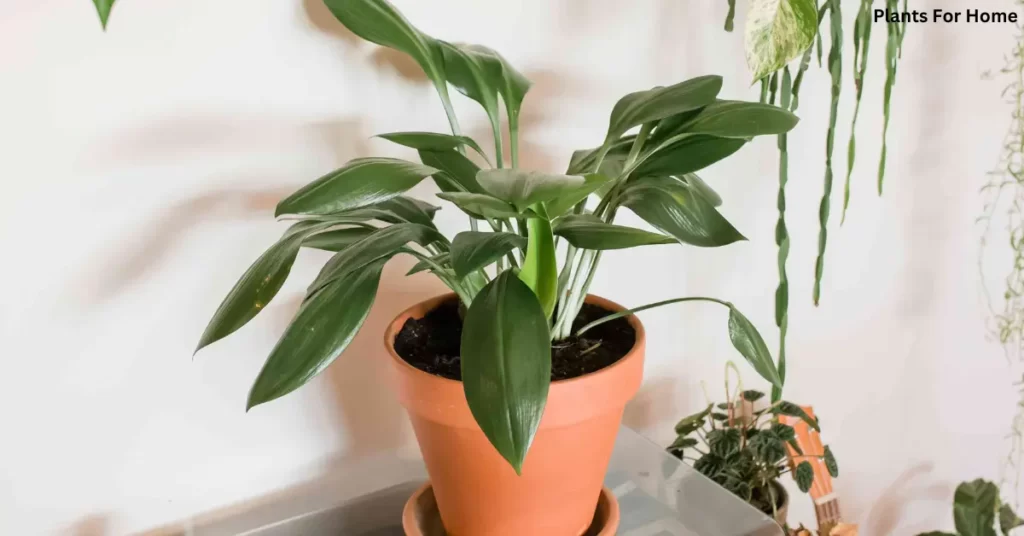
This plant, often known as the cast-iron plant, is very common in offices for a few reasons. Its glossy, deep green leaves effectively brighten even the most drab workplace area. It’s hard to kill and hardly needs any care at all.
The robust, long-lasting cast iron plant needs little care and grows well in low light. It actually just needs you to keep it out of direct sunshine, as that will scorch its leaves.
24. CHINESE EVERGREEN:

Chinese evergreens are tolerant of the dim illumination found in offices. Additionally, because they grow slowly, their huge, glossy leaves won’t rapidly get shaggy.
The Chinese evergreen is a popular choice for office spaces due to its ease of maintenance, preference for solitude, and vibrant foliage. The more colorful and varied the leaves are, the more warmth and light the plant will require to survive, even if it can tolerate low light levels.
25. DWARF-UMBRELLA PLANT:
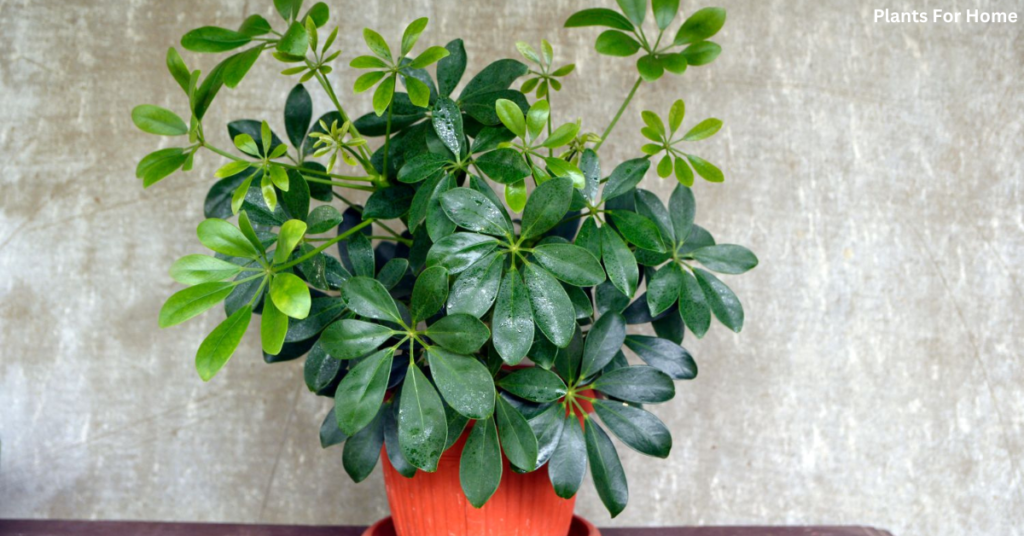
If there is ample lighting in your office, go for the low-maintenance miniature umbrella tree. This tropical houseplant grows delicate, attractive, drooping green leaves that resemble flower petals or, to some, an umbrella shape. Given that it may reach a height of four feet, it is ideal for compact offices.
The leaves of dwarf umbrella trees can be almost white, variegated, or pure green. The foliage of ‘Dazzle’ are almost white, while ‘Gold Capella’ features variegated leaves that are pink and green.
CONCLUSION:
An attractive plant that is grown indoors is called a houseplant, sometimes referred to as a pot plant, potted plant, or indoor plant. As a result, they are mostly used for decoration in spaces like homes and workplaces.
Indoor plants are often defined as those that need minimal light and water to flourish. Dracaena is one of the plants that Ambius lists as typical indoor plants. Hetera Helix.
Indoor plants can improve our health and wellbeing in many ways, such as by lowering stress levels and cleaning the air. Indoor plants come in a wide variety, each with special requirements and advantages.


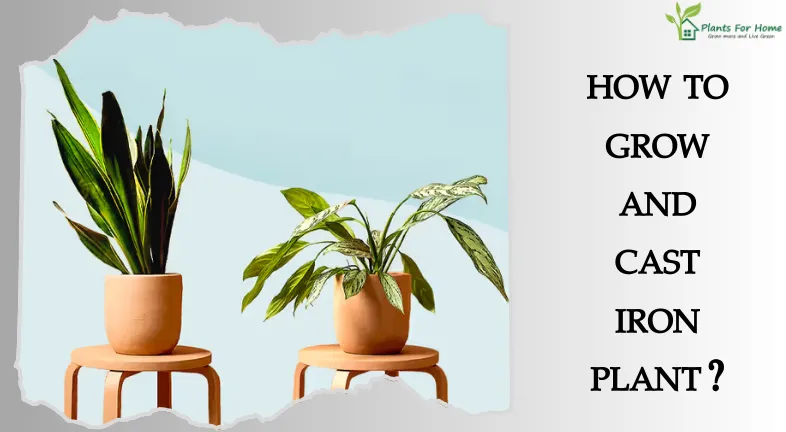
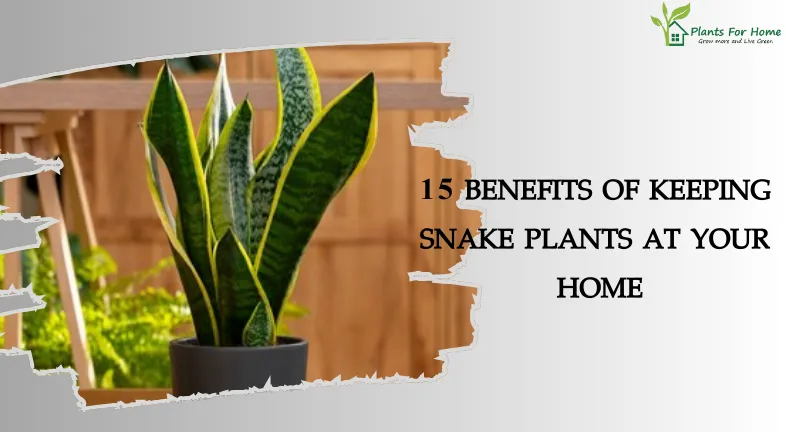
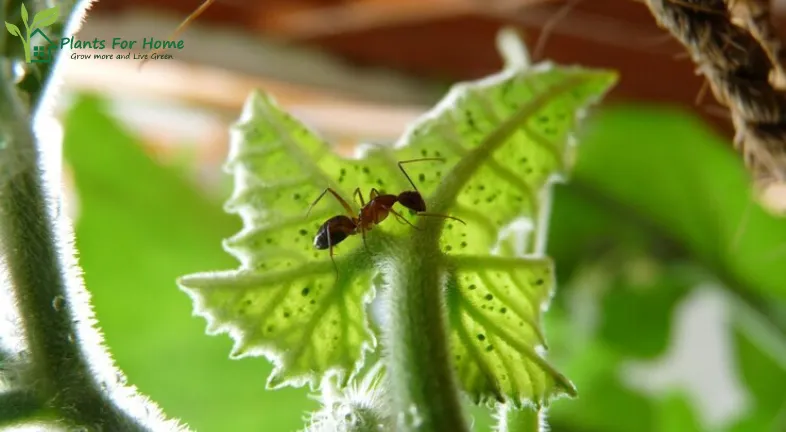



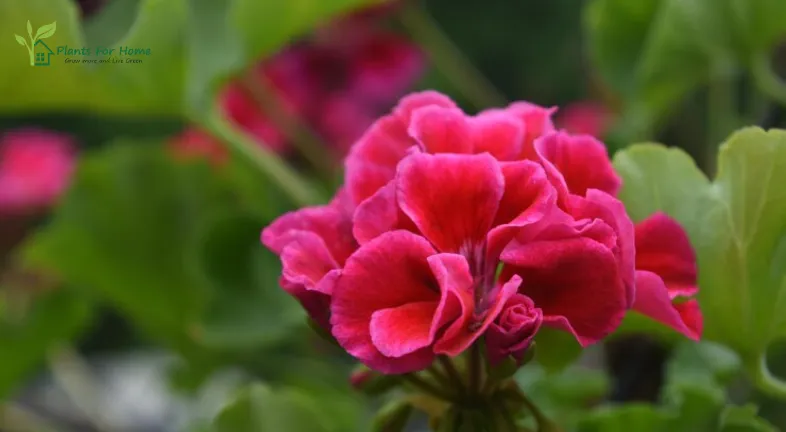



1 thought on “Plants For Office With No Windows”
Pingback: Plants for office with no windows | Article Cede